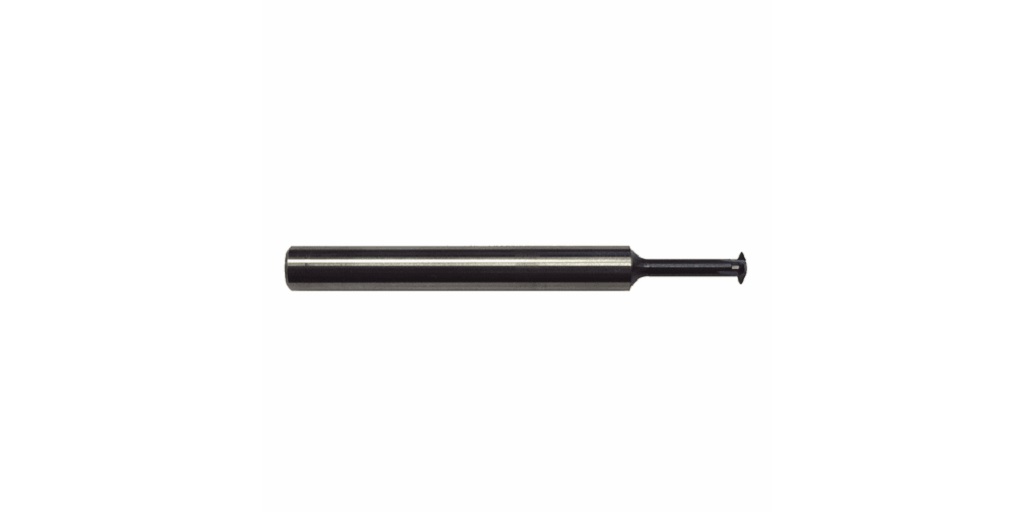
Are you new to the world of precision machining? Do you ever find yourself struggling with thread milling, unsure of the right tools to use or the proper techniques to employ?
What if we told you there’s a game-changing solution that can simplify the process and elevate your machining capabilities? Imagine achieving accurate, high-quality threads effortlessly, even as a beginner.
In this step-by-step tutorial, we will guide you through the world of single pitch thread mills, unlocking their potential and empowering you to take your projects to the next level.
Understanding Single Pitch Thread Mills
Before diving into the practical steps, let’s explore what single pitch thread mills are and how they differ from other thread milling techniques.
Single pitch thread mills are cutting tools specifically designed to create threads with a constant pitch, making them ideal for various applications.
Selecting the Right Single Pitch Thread Mill
Choosing the correct single pitch thread mill is crucial for achieving optimal results.
Firstly, consider the thread size you need to create. Different projects may require threads of varying sizes, and it’s essential to choose a single pitch thread mill that matches your desired thread specifications.
Material compatibility is another crucial aspect to consider when choosing a single pitch thread mill. Different materials have different properties, such as hardness and toughness, which can affect the performance of the cutting tool.
For instance, if you’re working with stainless steel, you would need a single pitch thread mill that is designed to handle the challenges posed by this material, such as its tendency to be work-hardened.
Cutting parameters, including cutting speed and feed rate, also play a vital role in achieving the desired thread quality. These parameters may vary depending on the material being machined, the depth of the cut, and the specific requirements of your project.
It is important to refer to the manufacturer’s recommendations for the single pitch thread mill you are using to ensure you are operating within the optimal cutting parameters.
Preparing the Workpiece
Proper workpiece preparation sets the foundation for successful thread milling.
Start by securely clamping the workpiece in place, ensuring stability during the process.
Remember to clean the surface and remove any burrs or contaminants that could affect the thread quality. Taking these steps will ensure precise and accurate threads.
Setting Up the Machine
Now it’s time to set up your machine for single pitch thread milling. Begin by mounting the appropriate single pitch thread mill on the machine’s spindle. Make sure it is securely tightened to prevent any unwanted movement during the operation.
Set the correct cutting speed and feed rate based on the material you are working with, using the manufacturer’s recommendations as a starting point.
Executing the Thread Milling Process
With everything in place, it’s time to start thread milling. Begin by aligning the thread mill with the desired starting point on the workpiece.
Engage the spindle and gradually lower the tool to the surface, allowing it to make initial contact.
Apply a consistent downward force to ensure proper chip evacuation and prevent tool breakage.
Move the thread mill smoothly and steadily along the desired thread path, keeping the tool aligned and avoiding excessive pressure.
Finishing Touches and Inspection
Once you’ve completed the thread milling process, inspect the threads for accuracy and quality.
Remove any chips or debris that may have accumulated during the operation. Use thread gauges or measurement tools to ensure the threads meet the required specifications.
By taking the time to inspect and make any necessary adjustments, you can guarantee the desired outcome.
Unlock Your Thread Milling Potential with Single Pitch Thread Mills
Thread milling as a beginner may seem daunting, but with the right tools, knowledge, and practice, you can achieve remarkable results.
Single pitch thread mills offer a versatile and efficient solution, simplifying the process and enabling you to create precise, high-quality threads directly in the workpiece.
Whether you’re working on a DIY project or a professional machining endeavor, Online Carbide’s range of single pitch thread mills provides the quality and reliability you need to succeed.
Explore their extensive product range on their website and experience the difference for yourself.


